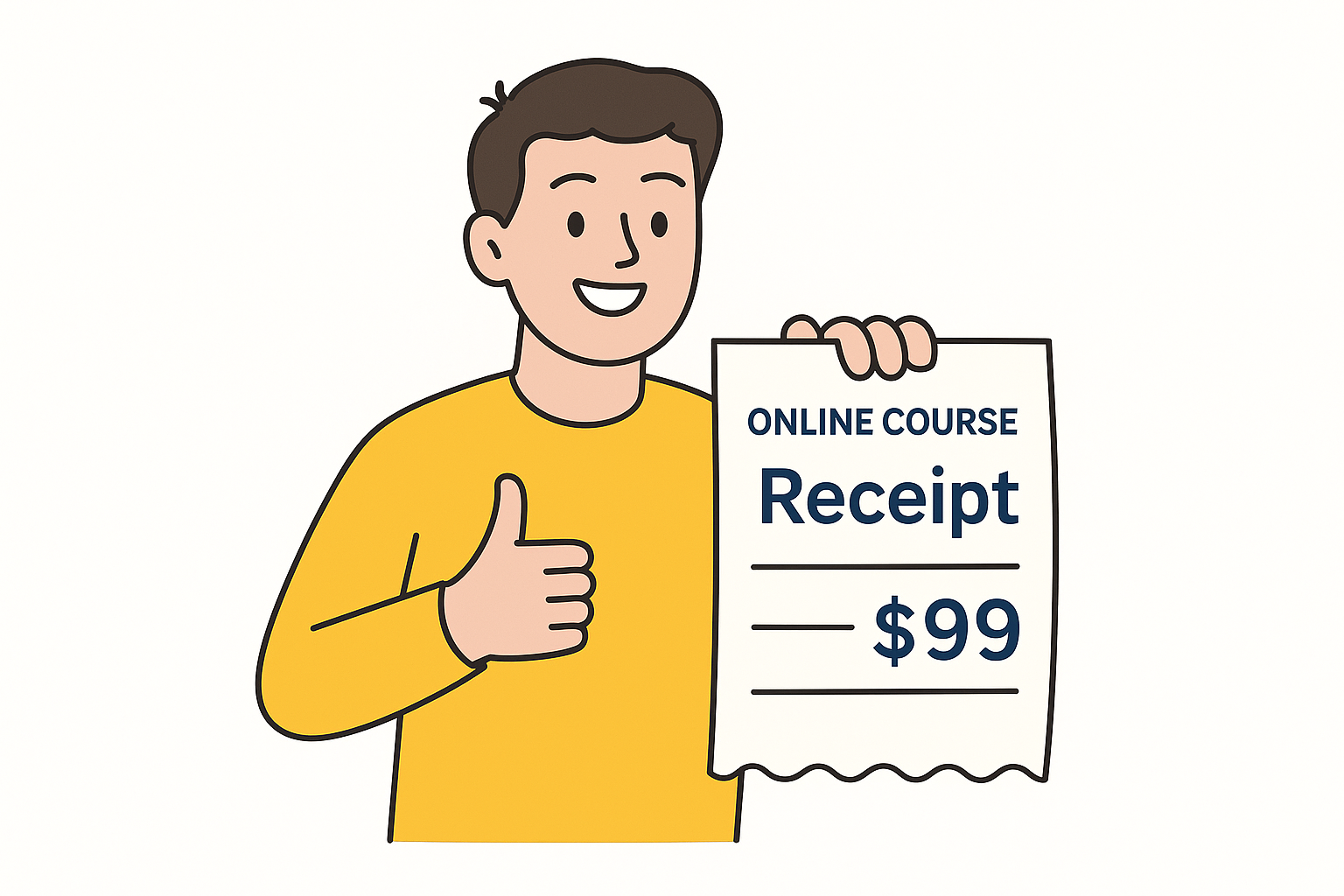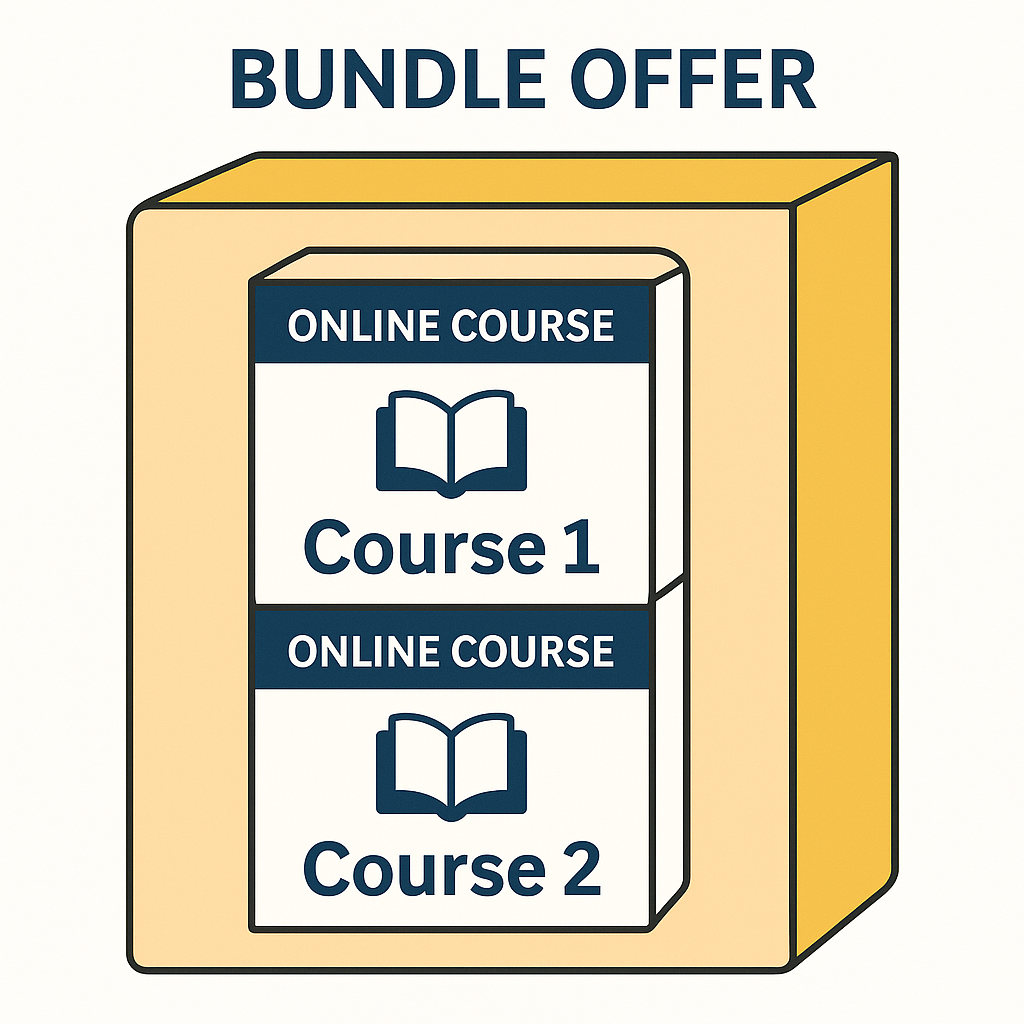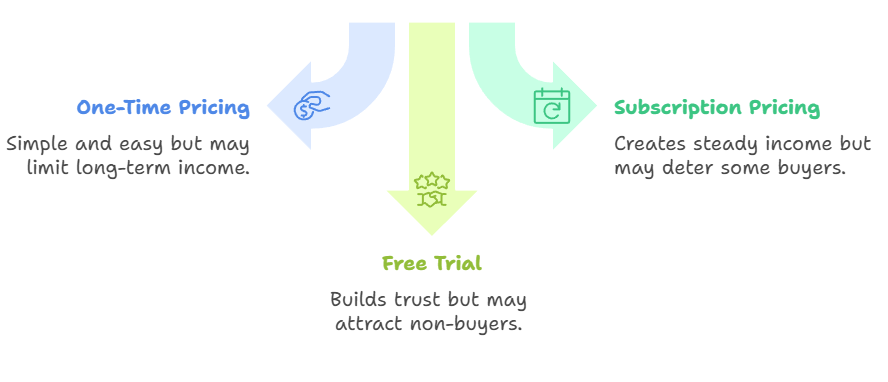Pricing your online course means setting the right cost for students. It’s important because it affects how many people will join.
Set the price too low, and people may think it’s not useful. Set it too high, and many won’t even try it. That’s why course pricing needs some thought and care.

Download Your Free e-Book
5 Simple Ways to Create Website & Landing Pages
Affiliate Disclaimer: I earn commission (get paid) if you click on the links and purchase a product below. My earnings do not impact the price you pay.
You want to give value and also earn what you deserve. Pricing for online courses depends on many things: your topic, skills, and market.
If you’re just starting, don’t worry; it’s okay to test prices. What is course pricing really about? It’s a balance between value and income. When people see a fair price, they feel good buying.
In this guide, we’ll keep things simple and help you choose the best price. You’ll learn the basics of pricing and how to set it. Let’s make your course both helpful and worth the price.

Things You Should Think About Before Setting a Price
Well, you are ready to set the price of your next course. But, wait a minute! Before you think about setting a course price, you need to know the fundamentals.
Course Length
Longer courses usually need higher prices than short ones. More lessons often mean more effort and deeper learning value.
Topic or Niche
Some topics are more valuable than others in the market. Popular skills like coding or marketing often cost more to learn.
Value You Offer
Think about how helpful your course is to your audience. Will they gain skills, land jobs, or grow their income after?
Your Experience Level
If you’re an expert, people expect higher quality and price. Beginners may need to start with lower prices to build trust.
Competitor’s Pricing
Check what others are charging for similar courses online. This helps you avoid pricing too high or too low.
These pricing factors guide you to decide your course price. Always balance student needs, your effort, and what feels fair.

Easy Tips to Set the Price
Now you know the basics, it’s time to learn how to set the price of your online courses. Here are some helpful tips you can follow:
Start with a Fair Price
Pick a price that feels fair for the course value. Smart course pricing means thinking about what learners are willing to pay.
Offer Early Bird Discounts
Give a lower price to the first few students who join. This helps you build momentum and attract quick sign-ups easily.
Money-Back Guarantee
Offer a 7-day or 14-day money-back guarantee without any questions. This builds strong trust and reduces fear for first-time students.

Bundle Courses Together
If you have more than one course, bundle them smartly. Bundling offers more value and helps you charge a higher price.
Raise the Price Over Time
As you get reviews and more students, slowly increase your price. Smart course pricing grows with your reputation and proven course success.

Choose a Pricing Style
When setting a price, you also need to choose a payment style. Some creators like using a one-time price for their course. It means students pay once and get full access forever.
One-time payment is simple and easy but may limit long-term income. Another option is subscription pricing, where students pay monthly for access.
Subscription models create steady income but may scare off some buyers. Some courses offer a free trial to let students explore first.
Free trials build trust but might attract people who never intend to buy. The right course payment options depend on your goals and audience.
A one-time price works well for short or fixed-length courses. Subscription pricing is great for ongoing lessons, updates, or membership-style content.
A free trial is smart if your course feels overwhelming at first glance. Think carefully and pick the style that matches your course vision best.

Test and Change Your Price
In terms of course pricing, nothing is final from day one. You should always test course price options to find the best match.
Many creators set a price, but later realize it needs adjusting. Testing helps you understand what your students are willing to pay.
Why Testing Your Price Matters
If your course is too cheap, people may think it’s low quality. If it’s too expensive, you might lose potential students. A good course pricing test helps you find the sweet spot.
How to Test Your Course Price
Start by choosing a price you believe is fair for your course. Launch your course at that price and monitor sales carefully.
After some time, increase or decrease the price slightly. Compare how many people buy at different prices. Testing helps you learn what works without guessing.
Changing Your Course Price
If your course isn’t selling much, don’t panic. It’s normal to change course prices based on the course outcomes.
Small changes can make a big difference in sales numbers. You can also offer limited-time discounts to test different price points faster.
Track the Right Data
When running a course pricing test, watch your sales and refund rates. If sales drop after a price change, maybe the new price is too high.
If sales increase, it means you found a better price point. Always track numbers before making a final decision.
Be Patient with Pricing
Pricing isn’t something you figure out overnight. Give each price some time before judging results. Changing too fast can confuse potential buyers.
Test slowly, watch carefully, and adjust smartly. Treat it like a part of your course growth journey. Your perfect price is waiting: you just have to find it!

Conclusion
You’ve now learned how to set a smart course price. We started with what is course pricing and why it matters. Then we explored key pricing factors you should always think about.
You saw helpful pricing tips and how to bundle for value. We also talked about different course payment options you can offer. You learned the power of testing and adjusting prices over time.
Final tips for pricing? Don’t guess: test different price points instead. Talk to your students and ask what they think.
Their feedback can help improve your pricing and content. Every course is different, so pricing must match your course value.
Be flexible, learn from your results, and always keep improving. Use these online course tips to grow your income and help more people. You’ve got this! Go launch with confidence!






